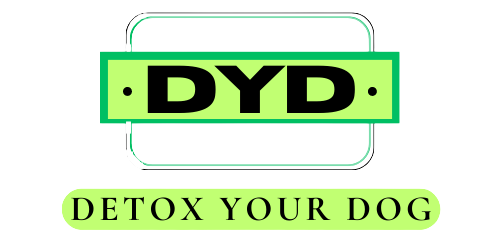Identifying Parasites
Detoxing your dog can help them feel better and improve their overall health. However, in some cases, it’s important to identify parasites before starting a detox program.
Parasites can cause a range of symptoms, from diarrhea to vomiting, and addressing them before starting the detox process can help ensure that your dog stays healthy and happy.
In this blog post, we’ll go over what to look for when identifying parasites during a dog detox, and how you can keep your pup safe.
Know the Symptoms
The first step in identifying parasites during a dog detox is knowing the symptoms. Parasites can cause a range of issues, from weight loss and lethargy to itchy skin and inflammation.
If your dog is experiencing any of these symptoms, it’s important to take them to the vet for a check-up. The vet can perform a fecal sample to test for parasites, and then recommend the appropriate treatment.
Understand the Risks
Certain parasites, such as heartworms and hookworms, can be more serious than others. Heartworms, for example, can damage the heart and lungs, and can even be fatal.
Knowing the risks of different parasites can help you make an informed decision about how to treat your dog. Your vet can provide guidance on which parasites are common in your area, and what preventive measures you can take.
Choose the Right Treatment
If your dog does have parasites, it’s important to choose the right treatment. Different parasites require different treatments, so it’s important to work with your vet to choose the most effective option.
Some treatments are oral, while others are topical. Your vet can help you choose an option that works best for your dog’s unique situation, taking into account their age, weight, and overall health.
Pay Attention to Prevention
Preventing parasites from taking hold in the first place is key. There are many preventive measures you can take, including administering monthly heartworm medication, keeping your yard clean and free of feces, and washing your dogs bedding regularly.
Prevention is much easier than treatment, so it’s important to stay vigilant and take steps to keep your pet parasite-free.
Monitor Your Dog During Detox
During your dog’s detox process, it’s important to monitor them closely for any signs of discomfort or illness. As the body releases toxins, the dog may experience symptoms such as diarrhea and vomiting.
If these symptoms persist or worsen, it could be a sign of an underlying parasite. Keep a close eye on your dog and contact your vet if you have any concerns.
Identifying Parasites:
Detoxing your dog can be a great way to improve their overall health and well-being. However, it’s important to be aware of the risk of parasites, and to take steps to address them before starting the detox process.
By knowing the symptoms, understanding the risks, choosing the right treatment, paying attention to prevention, and monitoring your dog closely, you can help keep your furry friend healthy and happy.
If you have any concerns about your dog’s health, don’t hesitate to reach out to your veterinarian for guidance. At the end of the day, they’ll be your best resource for keeping your pet healthy and happy.
